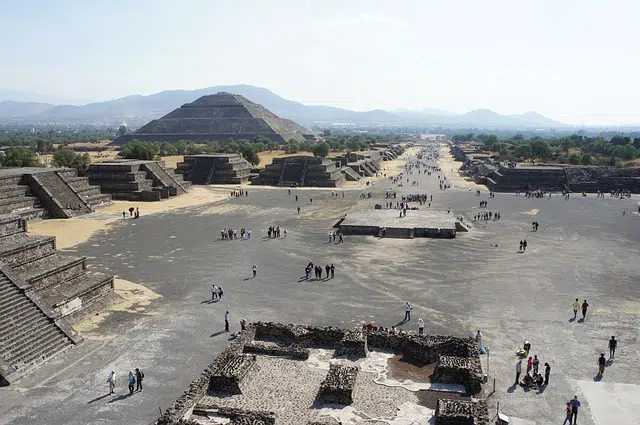
Thanks to archaeological studies we know the Mesoamerican culture
The adjective preclassical is used to describe that which precedes the classic . The term is usually used in the field of literature and art.
Before the heyday
It is important to mention that, in a classical period , the peak of a civilization or culture is recorded. Before reaching that moment, the preclassical instance develops.
The idea of preclassic usually appears with reference to Mesoamerican history . Mesoamerica is called a cultural region that includes Belize , El Salvador and Guatemala and areas of Mexico , Costa Rica , Nicaragua and Honduras .
Before the arrival of Europeans to the American continent, very important civilizations developed in Mesoamerica . The Mesoamerican preclassic period, according to various specialists, began around 2500 BC and lasted until the year 200 AD.
Early Preclassic
The early preclassic begins with pottery . This characteristic is linked to the establishment of a sedentary society based on the exploitation of ceramics .
It is estimated that, in the early preclassic, these societies had a simple structure based on age hierarchies, the division of labor according to sex, and organization according to kinship.
Middle Preclassic
The Middle Preclassic spanned from 1200 to 400 BC . This stage was characterized by advances in technology , especially that applied to agricultural work. Throughout this part of the preclassic period, the Mesoamerican territory recorded the construction of the oldest irrigation systems in the most important regions, an undoubtedly significant advance for the control of crops.
Social stratification and centralization of the State also occurred in these years. This can be seen in the weight that labor had for projects related to irrigation, according to the opinion of the Spanish anthropologist Ángel Palerm Vich , which he expresses in his book dedicated to the agriculture of Mesoamerica. Other authors also pointed out that grouping into different social strata was one of the most notable features of the Middle Preclassic.
Returning to hydraulic systems, it is important to note that they were built to resist the wear and tear of time. The oldest ones date back to the 8th century BC. C., who were followed by others until the 5th century BC. C., from Tehuacán to the Central valleys of Oaxaca. Of course, these advances in the technology used for plantations not only improved results but also expanded the list of species that Mesoamericans could cultivate.
The figure of artisans was one of those that appeared throughout the preclassic period, among other new social groups. The merchants, for their part, acquired greater weight and the ruling class (made up of priests and nobles) became more separated from the rest of the people. This can be estimated for different reasons, such as the quality of the offerings found in the tombs, the iconography and the luxury items that are associated with each group.

The late preclassic period led to the emergence of Teotihuacán
Late Preclassic
Finally, the Mesoamerican late preclassic , also called protoclassic , extended between 400 BC and 200 AD , with an advance in the diversification of culture and the beginning of urban planning that led to the birth of large cities. , like Teotihuacán .
Many of the most relevant traditions of the Mesoamerican people emerged in the late preclassic period. The archaeological zone known as Cuicuilco was the most important in the entire region and the key point of the ceremonies in the Valley of Mexico. The emergence of the aforementioned Teotihuacán was simultaneous with the decline of Cuicuilco.
